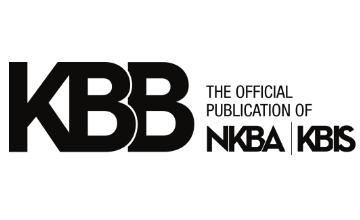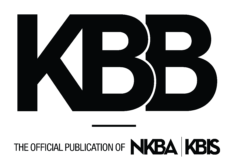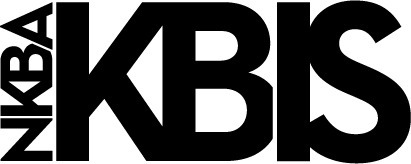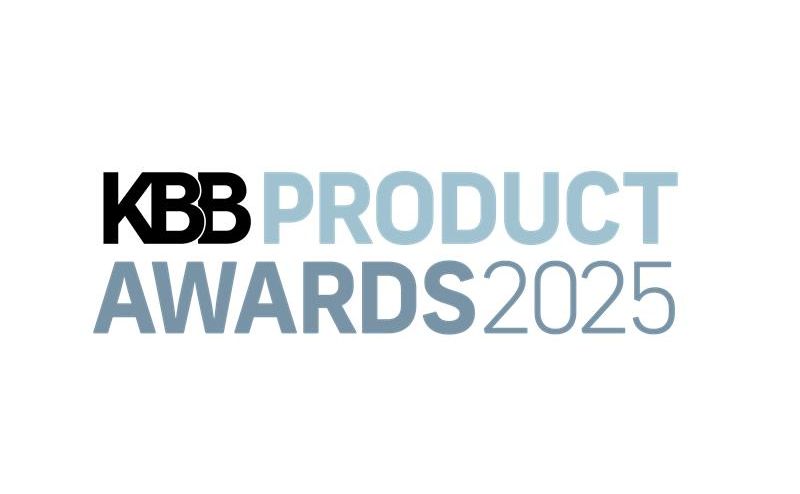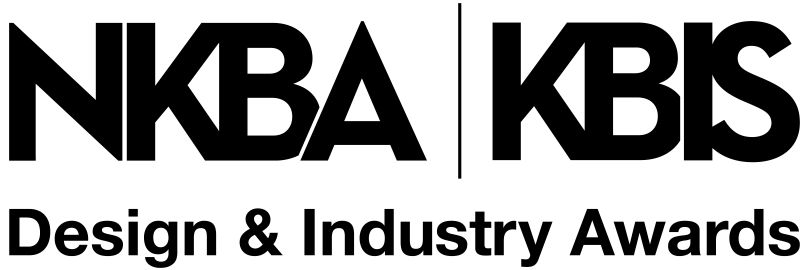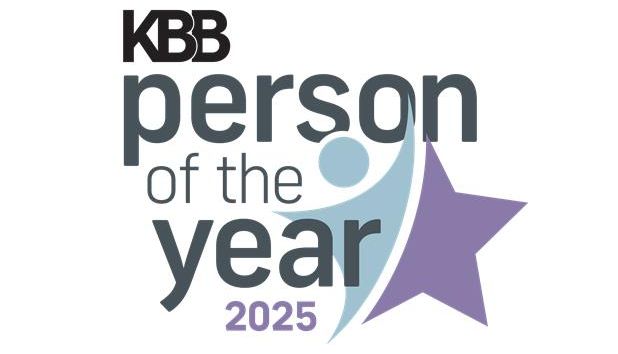The kitchen and bath industry has no shortage of talent. Peruse your favorite magazine or browse design portfolios, and you’ll see spaces worthy of awards. Although highly accomplished, many designers still struggle to find steady work, while mediocrity appears to have no shortage of clients.
What’s driving the gap? Visibility.
Today’s design clients don’t start their hiring process by sifting through magazines or walking into a firm; they start by typing a question into Google. A significant 78% of homeowners use a search engine to find their next home contractor, and approximately 70% of those users will not click on any website past position 3 on the first page.
And if you aren’t showing up on page one at all, your work, no matter how good, might as well not exist.
The Digital Reality Check
It’s important to recognize that SEO is a long-term strategy and highly competitive. It’s not quick, it’s not easy and it certainly isn’t a cheap investment. And yes: I meant investment instead of cost. To wear your “marketing hat” effectively, you must shift your mindset from cost to investment.
Google aims to provide its searchers with the most authoritative and trustworthy options. The problem is that search engines can’t judge your beautiful work; they need to judge your site. While less than ideal, the most critical ranking factors in 2025 have nothing to do with design talent and everything to do with trust signals: performance and page speed, review quality, content, structured data and local authority.
This reality has reshaped what it takes to make your design portfolios stand out in your local market. Google’s never-ending algorithm updates, the rise of AI-driven search and changing search behavior mean businesses can’t just depend on the old playbook anymore. The question isn’t just how to show up on the Google map, but what really makes a user take action.
5 Steps to Increase Your Local Visibility and Design Portfolios
1. Keep Your Google Business Profile Active. Back in the heyday of easy Google rankings, you could simply optimize your GBP and move on to more exciting endeavors. But a complete profile isn’t enough anymore: you have to keep it active. Uploading new photos, creating posts, answering questions and replying quickly to reviews show Google (and future clients) that your business is engaged and trustworthy.
Actively using Google products keeps Google happy, but don’t forget to implement top keywords into all profile activity and optimizations, too.
2. Create Content That Builds Local Demand. Content is king! Google cannot read images or videos, so to rank, your website must contain the written word. It’s also important to argue that the user wants to read your story, too!
Many different types of content should be added to your site, including service pages (“Kitchen Design Services”), blog content specific to your local market (“Best Bathroom Designs for Your Colorado Home”), localized project pages (“Country Farmhouse in Tulsa”) and location pages.
3. Invest in Review Generation. One of the best parts of Google’s local search experience is being able to read reviews before entering a service provider’s website. A lack of reviews on your Google Business Profile not only hurts your ability to rank, it also gives a negative impression to users who are searching for services like yours. Don’t let your competition outshine you!
Establish a process that enables your clients to easily leave reviews on Google and other sites, such as Houzz. Of course, it’s also important for the process to be easy for YOU! Consider automating text messages that include the review site’s direct link, an email template that would take 30 seconds to send or incentives that will entice more clients to leave a review.
4. Optimize for How People Actually Search. More people are using voice assistants, AI-driven search tools and conducting their own research before typing in “kitchen designer near me”. That means most search queries are longer, question-based or more conversational.
Develop content around keywords that people are actually using, not just ones that you think make sense for your business. You can start by brainstorming actual questions that your prospects and clients ask before validating with keyword research. Consider adding FAQs to your site, which also helps with optimizing user experience.
5. Set Time Aside to Build Your Citations. Citations are basically the digital equivalent of phone books and community directories. They are places on the internet where your business’s name, address and phone number are published, like Google Business Profile, Apple Maps, Yelp, Houzz etc. Even though they seem minute, they actually carry a lot of weight within Google’s algorithm. The number of citations you need depends on your competition and market, but the number can total anywhere from 200 to 500+.
Schedule time or outsource citation building to an inexpensive VA, but make sure that you maintain consistency in your NAP (name, address, phone number). For example, Google views the address 123 Main Street differently from 123 Main St.
You don’t need to choose between creative excellence and digital visibility; you need to connect them. The firms that will thrive in the coming years aren’t just the ones doing great work. They’re the ones making that work easy to find, easy to trust and impossible to overlook.
—Maggie Swift is co-founder of Unframed Digital, a SEO and growth agency dedicated exclusively to architecture and interior design brands.
